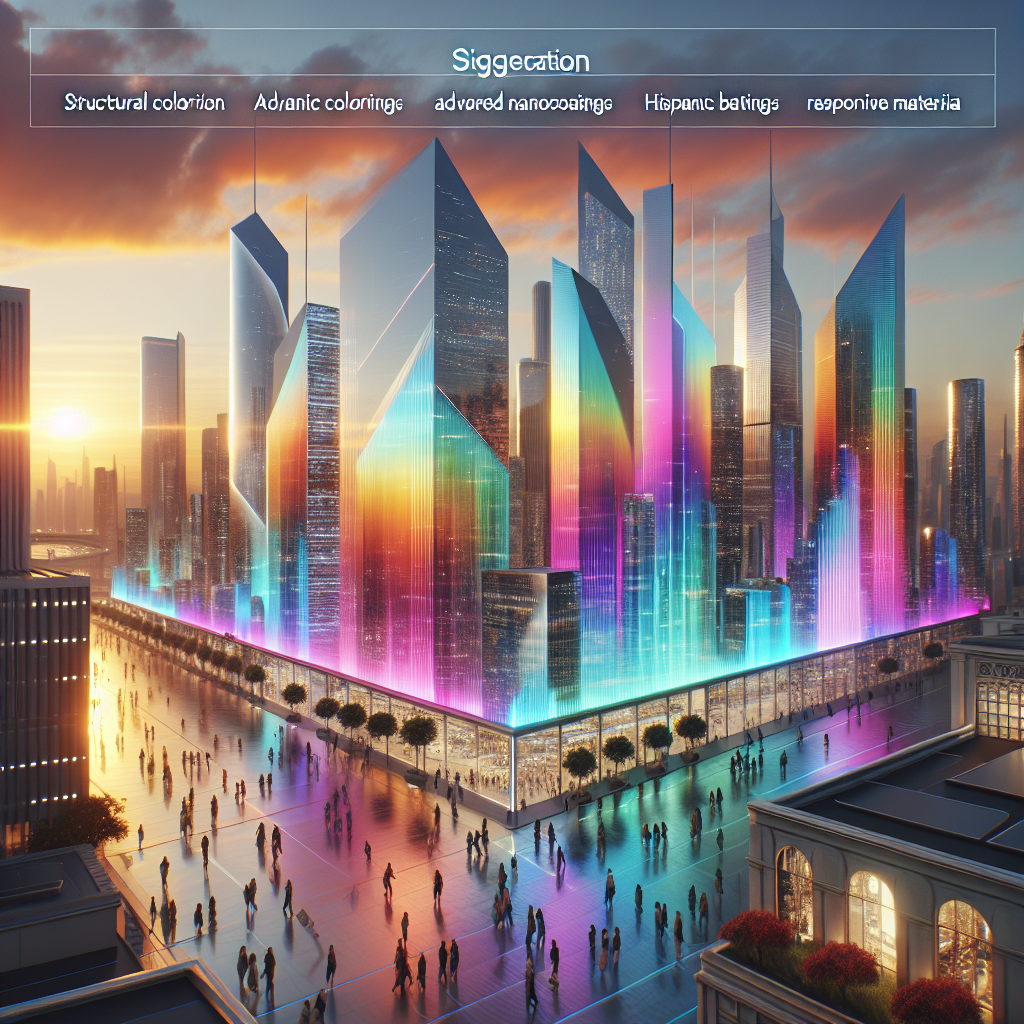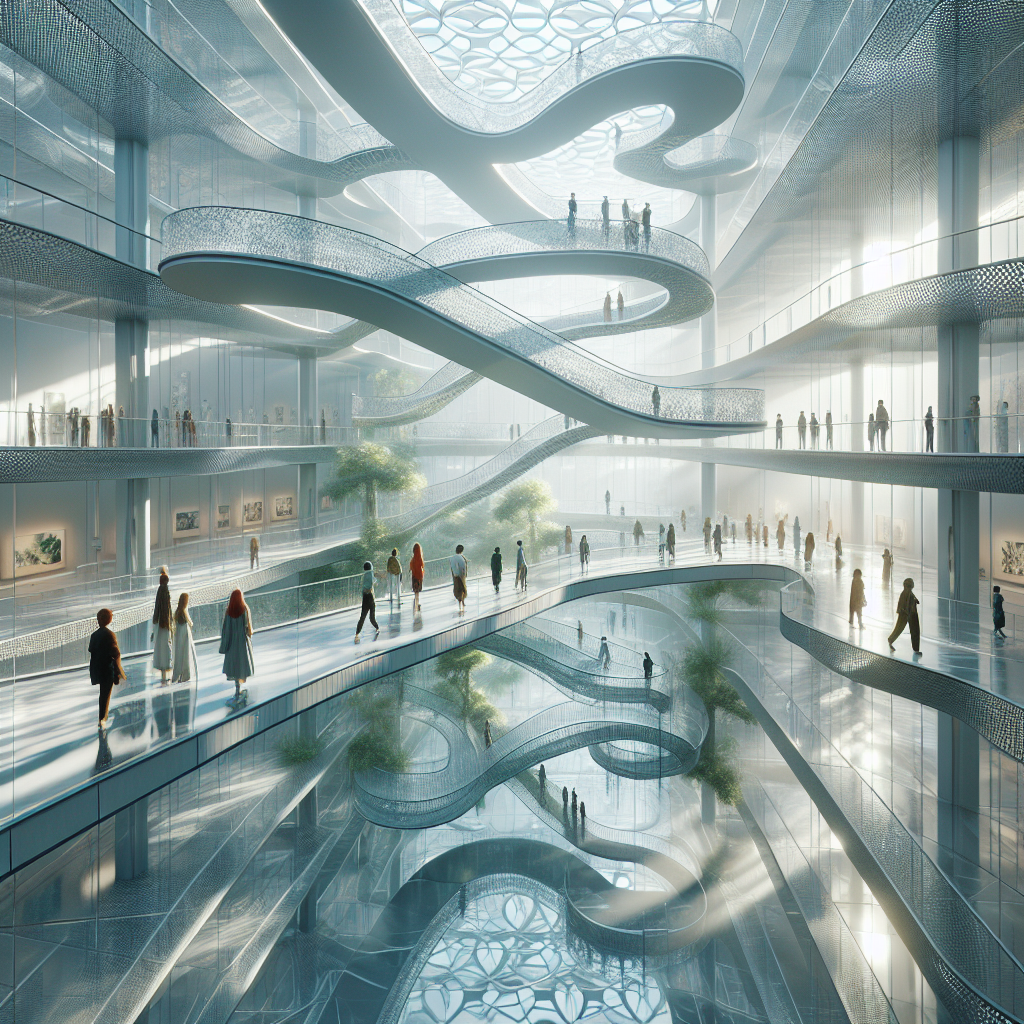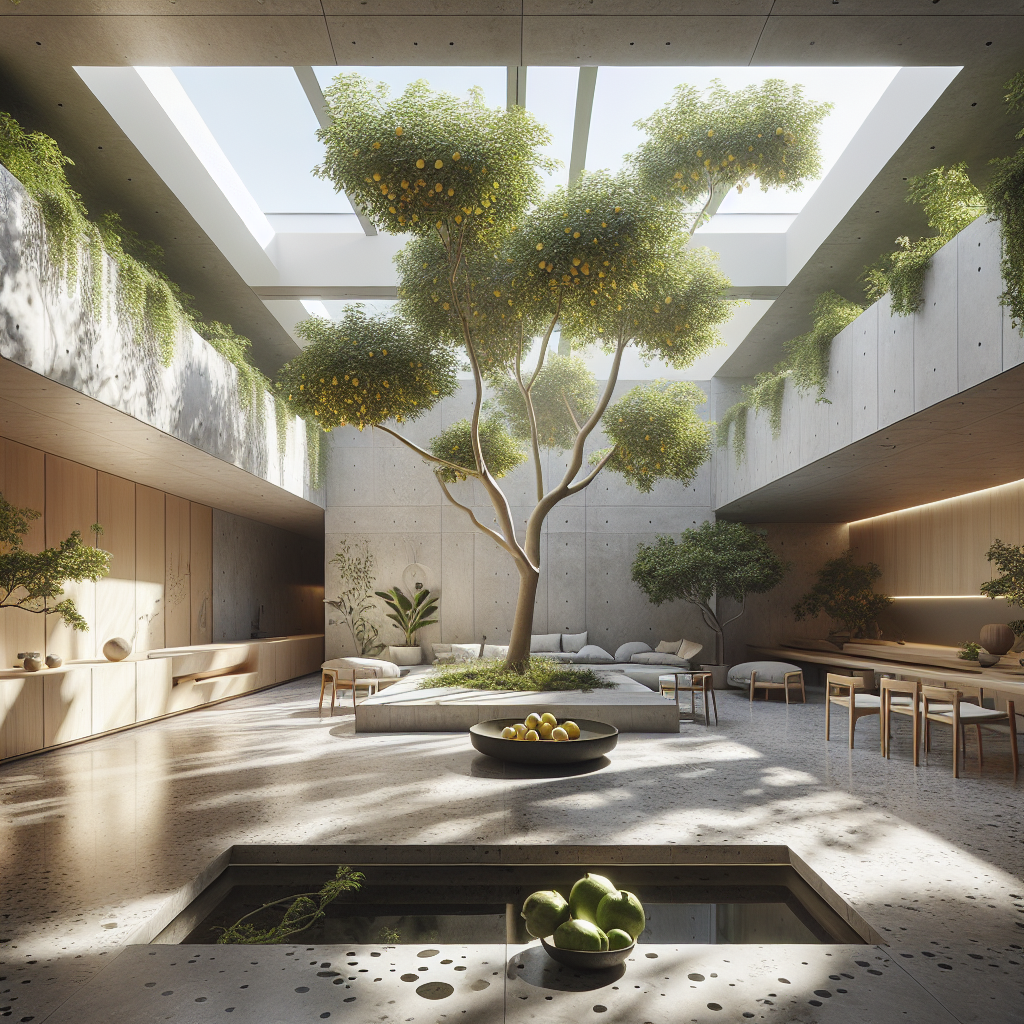Retro illusions trompe-l’œil: wallpapers echoing 1970s aesthetics
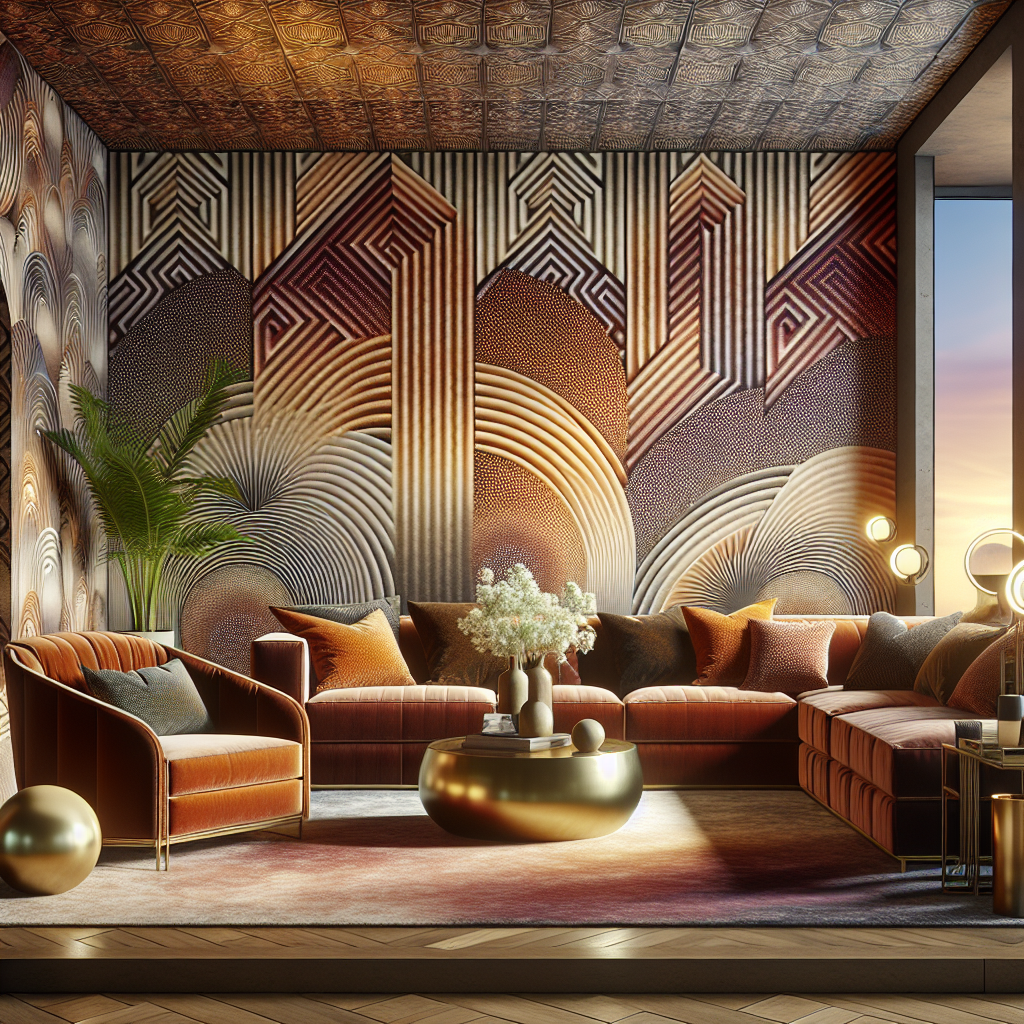
Retro Illusions Trompe-l’œil: Wallpapers Echoing 1970s Aesthetics
In the ever-evolving world of interior design, few trends manage to bridge nostalgia and innovation as elegantly as the resurgence of trompe-l’œil wallpapers inspired by the 1970s aesthetic. Once a playful expression of visual trickery and psychedelic optimism, these designs are now being reinterpreted through a contemporary lens—where craftsmanship meets digital precision, and illusion becomes a statement of cultural memory. As interiors shift toward immersive storytelling, the revival of retro illusions signals more than a decorative flourish; it represents a deeper dialogue between perception, technology, and the enduring human fascination with visual deception.
The Return of the 1970s: A Decade of Visual Experimentation
The 1970s were a decade defined by fearless experimentation. From psychedelic art to postmodern architecture, designers embraced distortion, repetition, and optical illusion as tools to challenge conventional spatial logic. The trompe-l’œil technique—literally “deceive the eye” in French—became a favorite among avant-garde decorators who sought to blur the boundaries between the real and the imagined.
Today’s revival of this era’s aesthetic sensibility is not mere nostalgia. It’s a recontextualization. The bold geometric patterns, sunset gradients, and three-dimensional motifs that once adorned suburban living rooms are being reimagined for modern interiors that crave warmth, texture, and personality. Designers are rediscovering the emotional power of illusion—how a wall can appear to ripple, recede, or expand—inviting the viewer into a tactile hallucination that feels both retro and futuristic.
From Hand-Painted Illusions to Digital Precision
In the 1970s, trompe-l’œil was largely the domain of skilled artisans who hand-painted intricate murals mimicking marble, wood, or architectural niches. Today, the process has evolved dramatically. Digital printing technologies allow for ultra-high-resolution patterns that replicate the depth and shadow of physical reliefs with uncanny accuracy. The result is a new generation of wallpapers that combine craftsmanship and computation—a duality reminiscent of the hybrid approaches explored in digital fabrication and parametric design.
Brands such as Cole & Son, House of Hackney, and Élitis have been at the forefront of this movement, producing collections that reinterpret 1970s visual codes through contemporary materials and sustainable production methods. Think velvet-finish vinyls with optical grids that shimmer under changing light, or eco-printed cellulose papers featuring gradient spheres that evoke the era’s fascination with cosmic imagery. The tactile illusion is not just visual—it’s sensorial.
Optical Play: The Science Behind the Illusion
Trompe-l’œil operates at the intersection of art and perception. Its success depends on the manipulation of optical illusion—a phenomenon where the brain interprets visual cues in ways that contradict physical reality. The 1970s’ fascination with moiré patterns, concentric circles, and warped grids stemmed from this very principle. These designs create a sense of motion and depth, tricking the eye into perceiving a three-dimensional space on a flat surface.
Contemporary designers are leveraging this science with newfound sophistication. By integrating color theory and digital modeling, they can fine-tune how light interacts with printed surfaces. For instance, a wallpaper featuring a repeating cube motif might subtly shift its perceived depth depending on the viewer’s position or the room’s lighting—an effect akin to the kinetic facades explored in responsive architecture. The result is an interior that feels alive, dynamic, and perpetually in flux.
Retro Revival Meets Modern Sustainability
The renewed interest in 1970s-inspired trompe-l’œil wallpapers coincides with a broader cultural pivot toward sustainability and material consciousness. Many contemporary manufacturers are embracing eco-friendly inks, biodegradable substrates, and closed-loop production systems—a reflection of the design industry’s ongoing commitment to environmental responsibility. This ethos aligns with the principles discussed in circular economy design, where longevity and recyclability are paramount.
Interestingly, the 1970s themselves were a decade of ecological awakening. Designers experimented with natural materials, earthy tones, and organic motifs—an aesthetic that resonates deeply with today’s biophilic design philosophies. The fusion of retro illusion and sustainable innovation creates a paradoxical harmony: a visual style rooted in the past, yet profoundly attuned to the future.
Spatial Psychology: The Emotional Power of Illusion
Beyond their decorative appeal, trompe-l’œil wallpapers exert a powerful psychological influence. By manipulating depth and perspective, they can alter how a space feels—making small rooms appear larger, ceilings seem higher, or corridors feel more intimate. This capacity to reshape perception aligns with contemporary explorations into the psychology of spatial design, where visual stimuli are understood as catalysts for emotional response.
For instance, a wallpaper depicting a sunburst pattern radiating from a central point can evoke optimism and energy, while a gradient that fades into shadow may instill calm and introspection. Designers are increasingly using these visual cues to craft atmospheres that align with human behavior—transforming illusion into a tool for well-being.
Case Studies: Retro Illusion in Contemporary Interiors
In Milan, Studiopepe’s recent installation for Fuorisalone featured a series of rooms enveloped in digitally printed trompe-l’œil wallpapers that mimicked the texture of brushed metal and aged plaster. The interplay of light and reflection created a cinematic quality, recalling the glamour of 1970s Italian interiors while maintaining a distinctly modern restraint.
Meanwhile, in Tokyo, architect Keiji Ashizawa collaborated with a local wallpaper atelier to produce a series of gradient panels inspired by the era’s fascination with optical geometry. The installation, illuminated by warm LED strips, transformed a minimalist apartment into a kaleidoscopic cocoon—proof that illusion, when handled with precision, can redefine spatial intimacy.
Even hospitality design has embraced the trend. Boutique hotels in Paris and Los Angeles are using trompe-l’œil wallpapers to create immersive storytelling environments—corridors that appear endless, ceilings that dissolve into cosmic skies, and lobbies that echo the graphic exuberance of the disco era. The result is an experience that feels both familiar and fantastical.
Technology as the New Artisan
The contemporary trompe-l’œil revival also underscores the evolving relationship between technology and craftsmanship. Where artisans once relied on brush and pigment, today’s designers employ 3D scanning, algorithmic pattern generation, and AI-assisted rendering to achieve hyperrealistic effects. This digital artistry mirrors the broader trajectory of design innovation explored in AI in architecture, where algorithms enhance rather than replace human creativity.
What emerges is a new kind of artisan—one fluent in both code and color, capable of translating the spirit of the 1970s into a visual language that resonates with contemporary sensibilities. The result is not a reproduction of the past, but a reinterpretation: retro illusions reimagined for a digital age.
The Future of Illusion: Where Nostalgia Meets Innovation
As we move deeper into an era defined by hybrid realities—where physical and digital environments intertwine—the allure of trompe-l’œil wallpapers feels especially relevant. They remind us that design is, at its core, an act of perception. Whether adorning a minimalist loft or a maximalist salon, these retro illusions invite us to question what is real, what is imagined, and how space can be both a surface and a story.
The 1970s taught us that illusion could be joyous, radical, and deeply human. Today, as designers harness new tools to reawaken that spirit, trompe-l’œil wallpapers stand as both homage and evolution—a testament to design’s endless capacity to reinvent itself through the art of deception.
Published on 11/18/2025
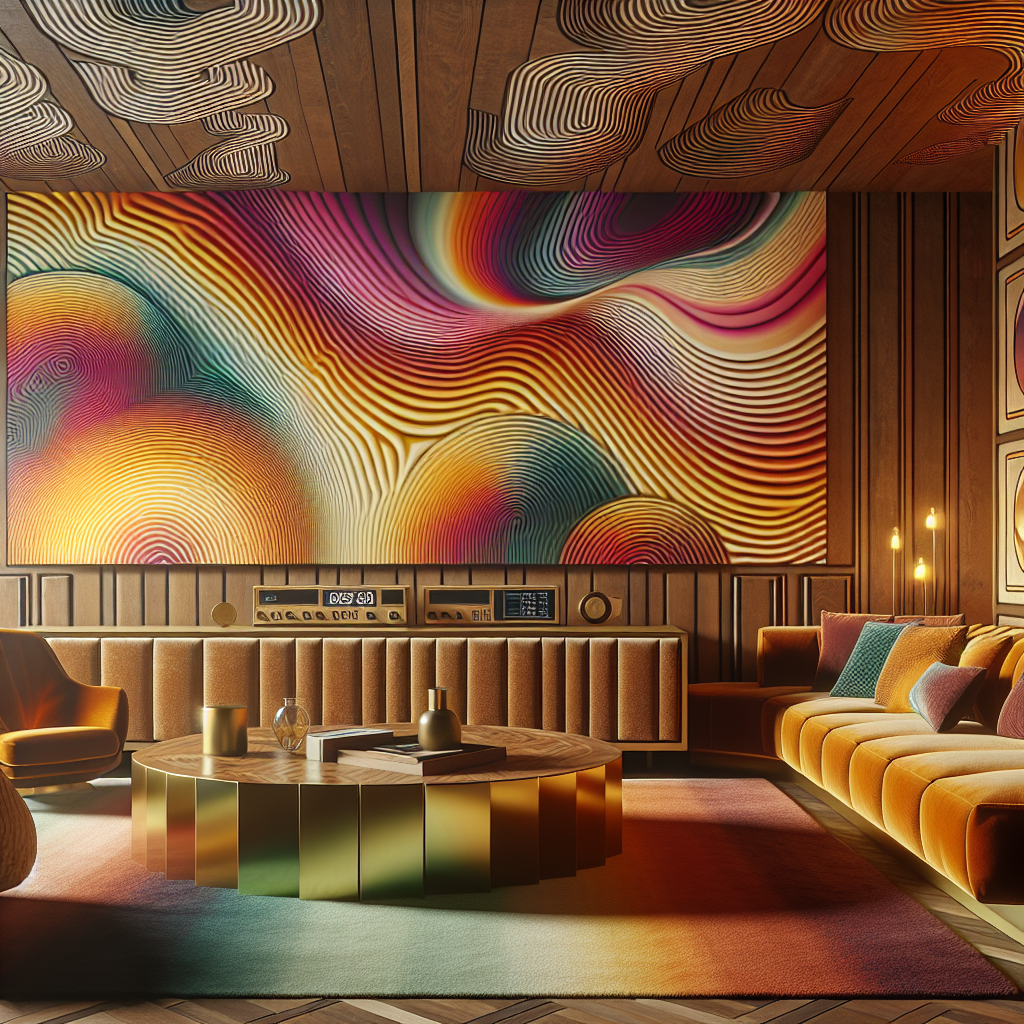
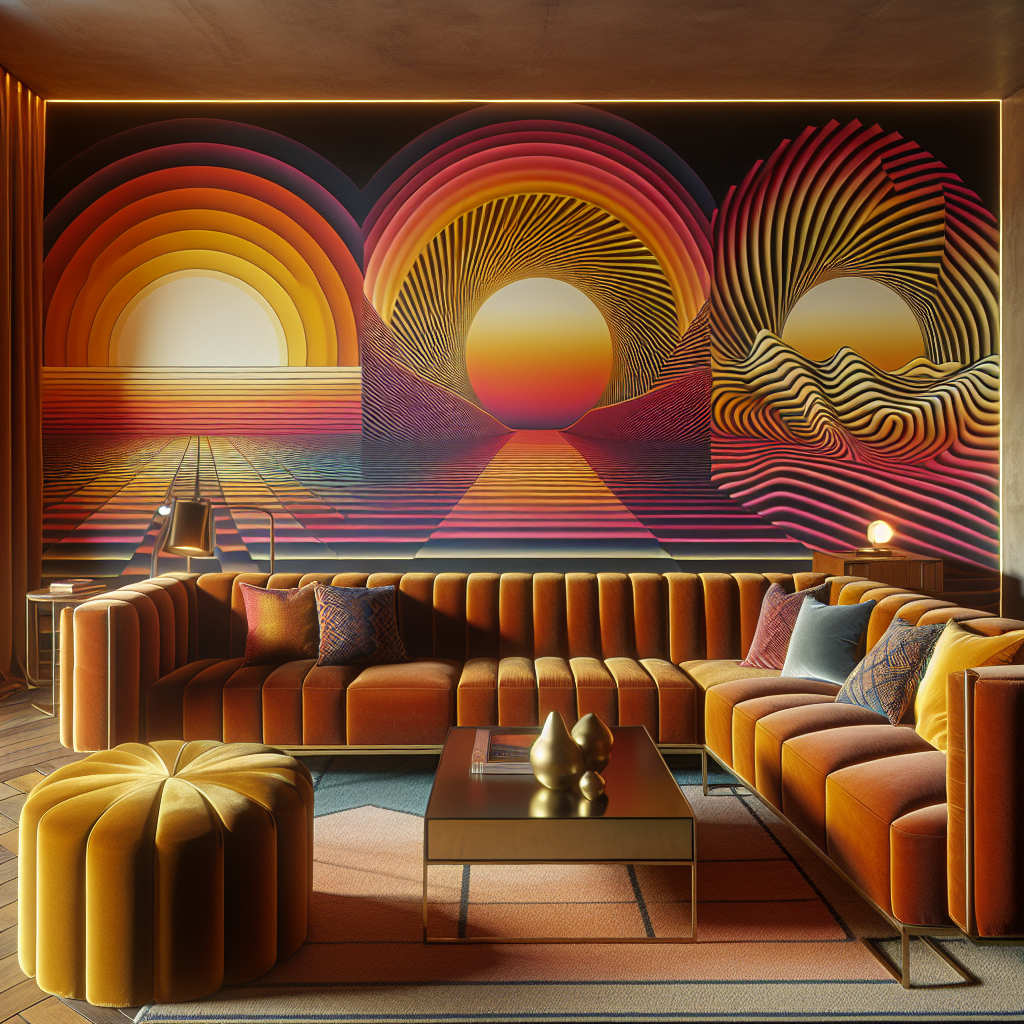
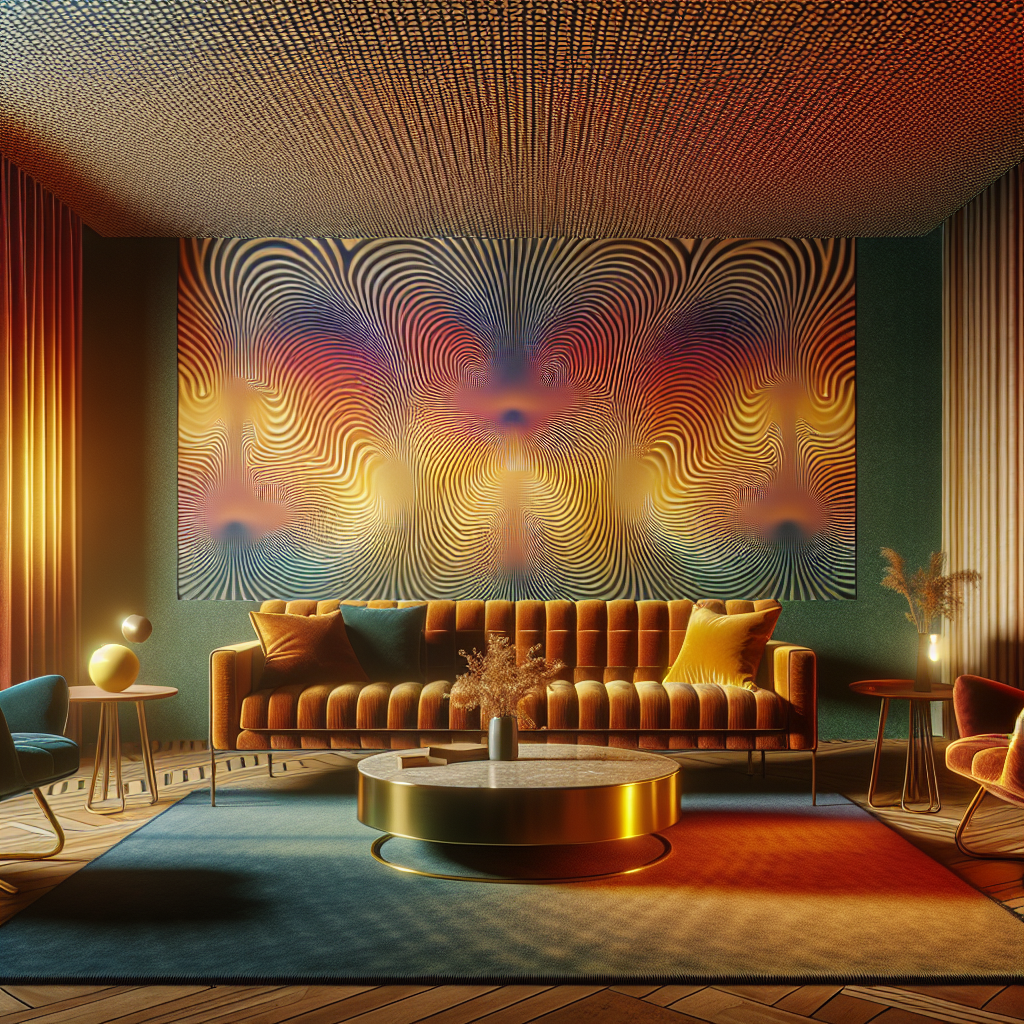
❮
❯


